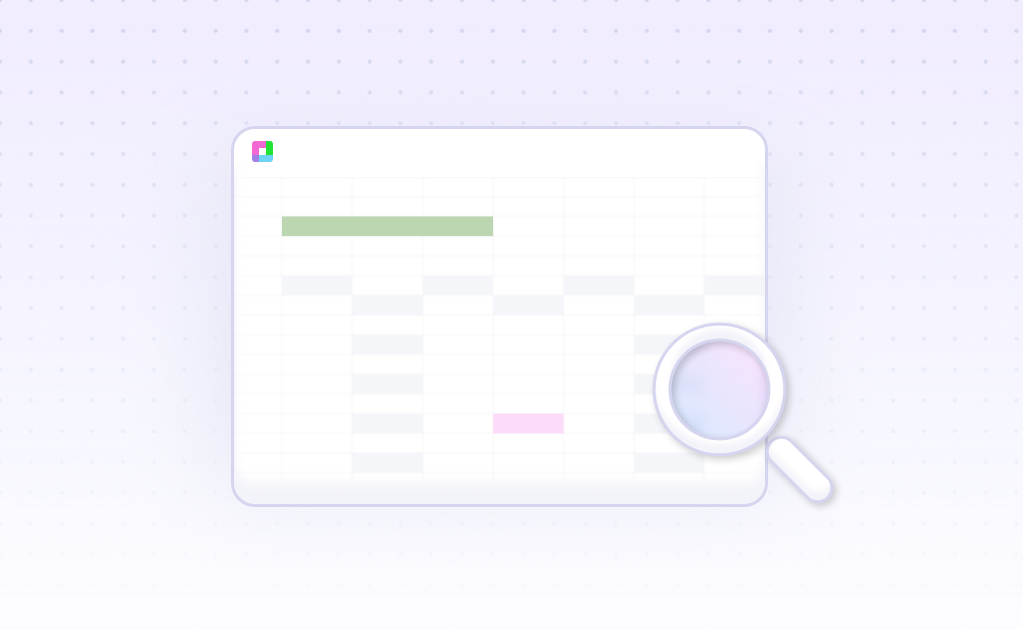
Turn Your Farm Data Into Gold
Picture this: You're sitting at your kitchen table, coffee growing cold, staring at spreadsheets filled with yield data, weather patterns, and input costs. Sound familiar? Every farmer knows the frustration of having mountains of data but struggling to extract meaningful insights that actually improve profitability.
Agricultural productivity analysis isn't just about crunching numbers—it's about understanding the story your farm is telling you. Whether you're managing 50 acres of organic vegetables or 5,000 acres of commodity crops, the right analytics can reveal patterns that transform your operation from reactive to predictive.
Why Agricultural Analytics Matter
Modern farming demands data-driven decisions. Here's how productivity analysis transforms your operation:
Yield Optimization
Identify your highest-performing fields and replicate success across your entire operation. Track yield per acre, variety performance, and seasonal variations.
Resource Efficiency
Optimize fertilizer, water, and labor allocation based on historical performance data. Reduce waste while maximizing output.
Cost Analysis
Break down production costs per acre, per crop, and per season. Identify where you're spending too much and where strategic investments pay off.
Weather Impact Assessment
Correlate weather patterns with yield outcomes to make informed planting and harvesting decisions for future seasons.
Profitability Tracking
Calculate true profit margins by field, crop variety, and growing method. Make decisions based on real ROI data.
Predictive Planning
Use historical trends to forecast yields, plan crop rotations, and allocate resources for maximum efficiency.
Agricultural Analysis in Action
See how different farming operations use productivity analysis to drive results:
Try for freeYour Agricultural Analysis Workflow
Transform scattered farm data into actionable insights with this systematic approach:
Try for freeEssential Agricultural Analyses Every Farm Needs
Yield Analysis
Track and compare crop yields across fields, varieties, and seasons. Identify your most productive areas and understand what makes them successful. Analyze yield stability, trend patterns, and correlation with management practices.
Input Efficiency Analysis
Evaluate the return on investment for fertilizers, pesticides, seeds, and other inputs. Determine optimal application rates and timing. Calculate cost per unit of production and identify opportunities for input reduction without yield loss.
Profitability Analysis
Calculate true profit margins by accounting for all direct and indirect costs. Compare profitability across different crops, fields, and production methods. Analyze the impact of price volatility on your bottom line.
Risk Assessment
Evaluate production risks including weather dependency, market volatility, and operational challenges. Develop strategies to minimize risk while maintaining profitability. Analyze historical loss patterns and insurance needs.
Sustainability Metrics
Track soil health indicators, carbon sequestration potential, and environmental impact metrics. Analyze the long-term sustainability of your farming practices and identify opportunities for improvement.
Common Agricultural Analysis Questions
What data do I need to start agricultural productivity analysis?
Start with basic yield records, input costs, and field boundaries. Enhanced analysis benefits from weather data, soil test results, planting/harvest dates, and equipment logs. Even manual records can provide valuable insights when properly analyzed.
How accurate are yield predictions based on historical data?
Prediction accuracy depends on data quality and consistency. With 3-5 years of comprehensive data, yield predictions typically achieve 80-90% accuracy for similar growing conditions. Weather variability remains the largest uncertainty factor.
Can small farms benefit from productivity analysis?
Absolutely. Small farms often have more detailed records and can implement changes quickly. Analysis helps identify the most profitable crops, optimize resource allocation, and make informed decisions about expansion or specialization.
How do I handle missing or incomplete farm data?
Use available data to establish baselines and identify patterns. Fill gaps with industry averages where appropriate, and focus analysis on data-rich areas. Start collecting comprehensive data immediately to improve future analysis accuracy.
What's the ROI of implementing agricultural analytics?
Most farms see 5-15% improvement in profitability within the first season through better resource allocation and timing decisions. Long-term benefits include reduced input waste, improved yield stability, and more strategic planning.
How often should I update my agricultural analysis?
Update analysis seasonally for tactical decisions and annually for strategic planning. Real-time monitoring during growing season helps with immediate adjustments, while end-of-season analysis informs next year's planning.
Can analysis help with organic certification requirements?
Yes. Comprehensive record-keeping and analysis support organic certification by documenting input usage, field rotations, and compliance metrics. Analysis also helps optimize organic practices for maximum yield and profitability.
How do I benchmark my farm's performance?
Compare your metrics against county averages, university extension data, and industry reports. Focus on yield per acre, cost per unit produced, and profit margins. Peer groups and farm cooperatives often provide valuable benchmarking data.
Integrating Your Farm Management Tools
Modern farms use multiple software systems and tools to manage operations. Effective agricultural analysis requires integrating data from various sources:
GPS and Precision Agriculture Systems
Import yield maps, variable rate application data, and field boundaries from GPS systems. Combine spatial data with management records for field-level analysis and zone-specific recommendations.
Farm Management Software
Connect data from existing farm management platforms to maintain comprehensive records. Synchronize input records, labor tracking, and financial data for complete analysis.
IoT Sensors and Monitoring Systems
Integrate real-time data from soil moisture sensors, weather stations, and equipment monitoring systems. Combine sensor data with production records for enhanced analysis capabilities.
Financial and Accounting Systems
Link production analysis with financial data to calculate true profitability. Import cost data, revenue records, and market prices for comprehensive economic analysis.





